President Zelenskyy announces Ukraine’s goal to produce 50% of its military weapons domestically. A strategic pivot that could redefine European defense manufacturing and wartime self-reliance.
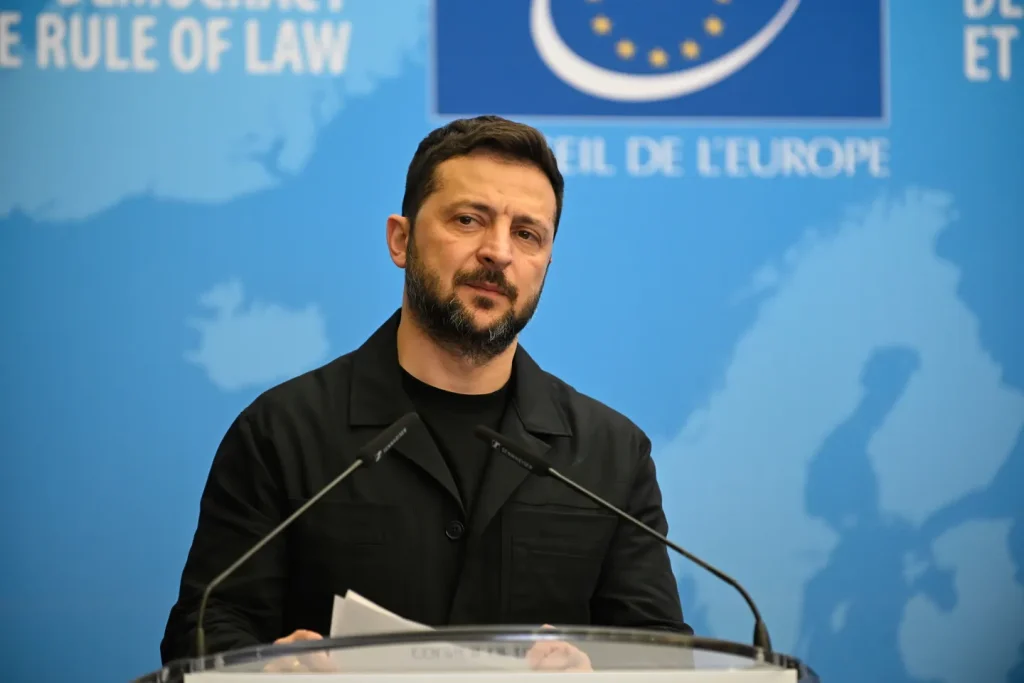
A Strategic Shift Toward Military Independence
Ukrainian President Volodymyr Zelenskyy has set an ambitious target: by the end of 2025, half of Ukraine’s military weapons should be produced domestically. The move comes as the country seeks to strengthen its defense autonomy while the war with Russia shows no signs of ending.
“We want to ensure that at least 50% of the weapons our defenders use are made in Ukraine,” Zelenskyy said during a defense forum in Kyiv. It’s a bold challenge to the current international supply chain reliance—and one that underscores Ukraine’s evolving defense strategy.
War Fuels Industrial Transformation
Ukraine’s defense sector has undergone a dramatic transformation since Russia’s full-scale invasion began in 2022. What was once a fragmented, underfunded military-industrial base is now becoming a central pillar of national strategy.
Zelenskyy’s vision isn’t just about survival—it’s about long-term sovereignty through supply. By producing missiles, drones, armored vehicles, and air defense systems within its borders, Ukraine hopes to become a self-sustaining military power in Eastern Europe.
A Surge in Private-Public Partnerships
The Ukrainian government is aggressively encouraging private sector involvement in weapons manufacturing. Over 500 private companies are already participating in military production, and that number is expected to grow.
From drone startups to armored vehicle contractors, the war has catalyzed a boom in defense entrepreneurship. International companies are also being invited to co-produce weapons on Ukrainian soil, with promises of legal protection, infrastructure support, and tax incentives.
Foreign Partners Welcome—But on New Terms
While Western countries, especially the United States and Germany, have been key suppliers of arms, Ukraine’s message is clear: support is still vital—but local production is the future.
Zelenskyy emphasized that foreign weapons manufacturers are welcome to establish joint ventures in Ukraine. These partnerships would secure supply chains, reduce costs, and keep production closer to the battlefield. “Let’s manufacture together, here, in Ukraine,” Zelenskyy said.
The Numbers: From Import to Independence
Currently, only around 15-20% of Ukraine’s weapons are produced domestically. Raising that to 50% within two years will require massive investment in infrastructure, technology, and skilled labor.
Ukraine is also seeking NATO-compatible standards in production to ensure interoperability. The shift will involve retooling factories, training thousands of workers, and fast-tracking defense R&D projects—all while under constant threat of Russian missile attacks.
A Military CEO Model of War Economy
Zelenskyy’s announcement signals more than a procurement policy—it reflects a CEO-style vision of national defense. A war-time leader focused not only on today’s survival, but tomorrow’s sovereignty.
Ukraine is not just asking for weapons anymore. It’s asking for factory floors, blueprints, and sovereign capability. The next phase of this war may not just be fought on the battlefield—but on the assembly lines of Kyiv, Lviv, and Dnipro.

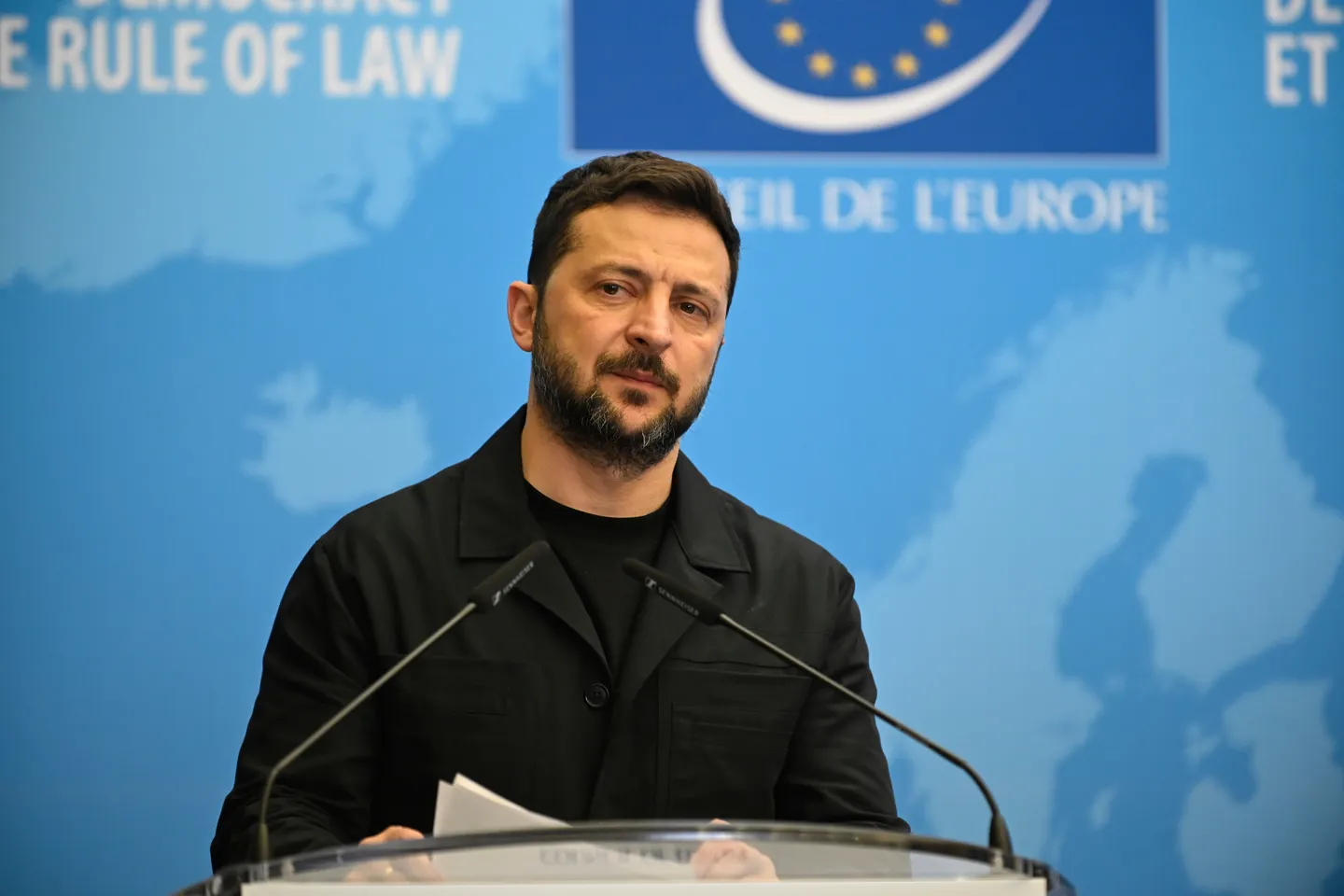






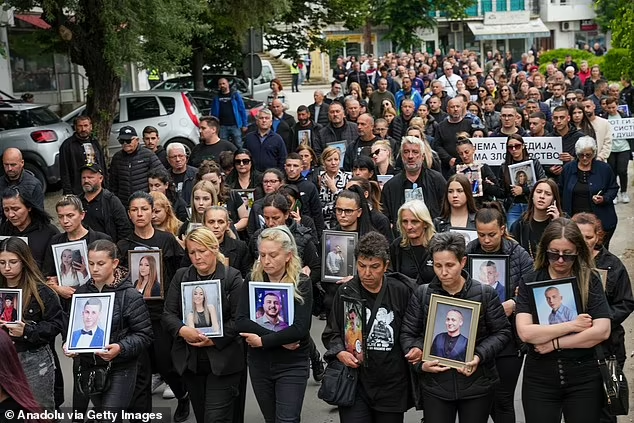



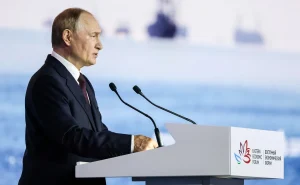
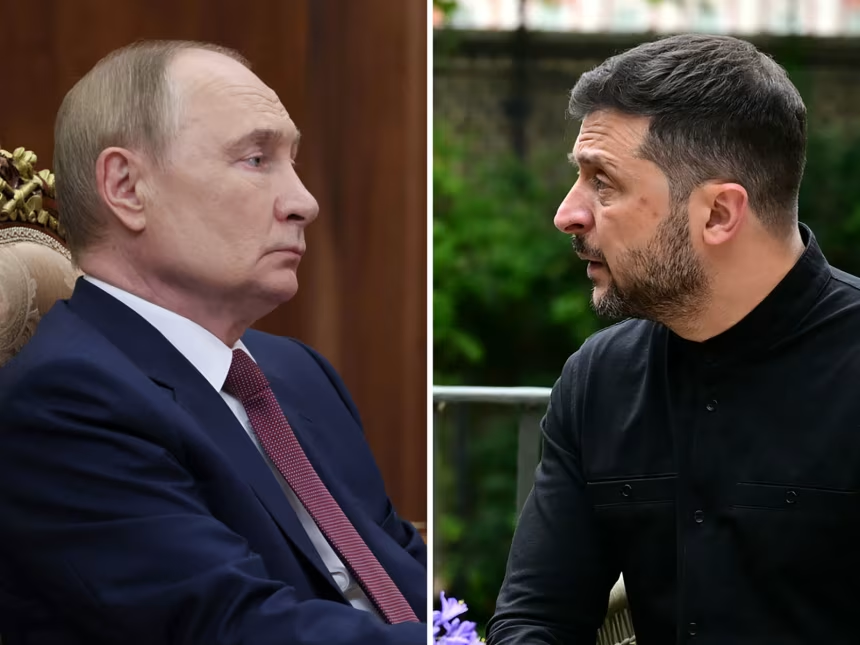
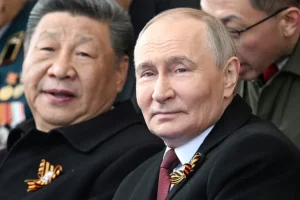

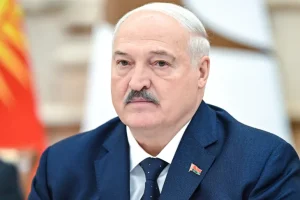
Comments are closed.